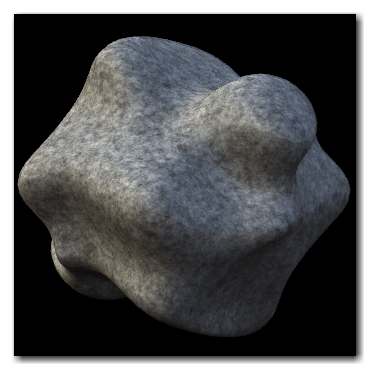In research I will be presenting in a few days at VSS (the Vision Sciences Society annual meeting), I will be demonstrating how we may use orientation flow fields of texture and shading when making perceptual judgments of 3D shape structure (see Fleming, Holtmann-Rice, & Bülthoff, 2011 for additional information). Since I find visualizations fun, I decided to use some spare CPU cycles overnight to visualize the orientation fields of a rotating blobby object.
The object on the left in the above video is a textured and shaded object with a small amount of specular reflection (lit using the Debvec Funston Beach at Sunset light probe). On the right, I’m illustrating the dominant orientations in the image, across the surface of the object.
Click through for some more visualizations.
Read More
